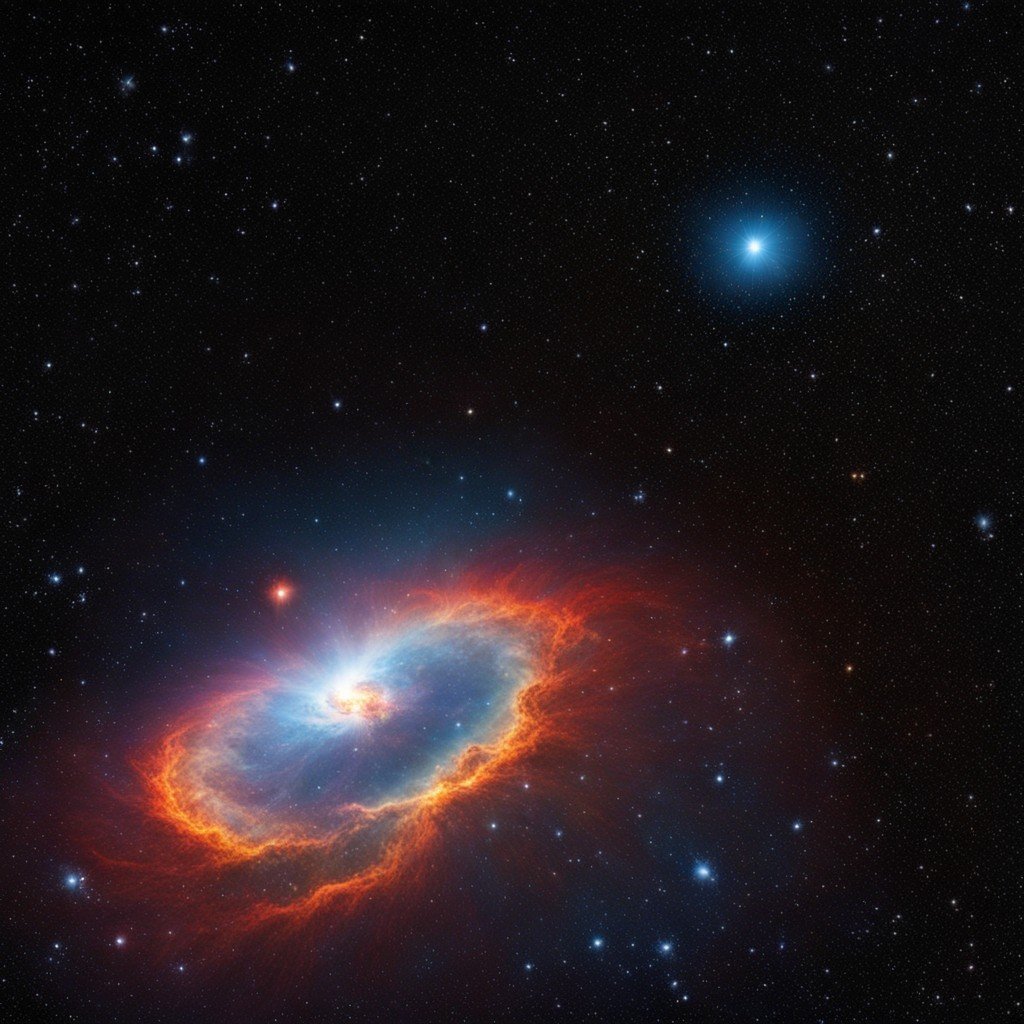Human astronomers, step aside! Artificial intelligence (AI) may soon be able to do your supernova hunting for you.
The first supernova has been successfully detected, identified, and classified by a new, fully automated machine-learning algorithm; this was accomplished using AI for the first time. The programme, known as Bright Transient Survey Bot (BTSbot), could significantly speed up the process of classifying and analyzing supernovas, according to its developers.
Currently, humans and computers must cooperate in order to detect supernovas, but BTSbot may eliminate our need. The BTSbot team estimates that human astronomers have spent 2,200 hours visually examining and categorizing supernova candidates over the past six years alone. Astronomers might be able to refocus their efforts thanks to BTSbot and devote more time to figuring out how these stellar explosions begin and develop.
Team leader Adam Miller, a professor of physics at Northwestern University in Illinois, said in a statement that the discovery of a supernova was confirmed for the first time ever using a series of robots and AI algorithms to observe, then identify, then communicate with another telescope. This is a significant development because improved models will enable the robots to isolate particular subtypes of stellar explosions.
Ultimately, Miller continued, cutting out humans from the equation gives the research team more time to evaluate their findings and come up with fresh theories to account for the origin of the cosmic explosions that we observe.
Supernovas: a needle in a cosmic haystack
When dying stars release their fuel for nuclear fusion, many supernovas are created. These stars’ cores collapse as their outer layers explode as supernovas because they are unable to resist gravity’s pull inward.
A stellar remnant known as a white dwarf that is present in a binary system and is detaching matter from its companion star is what causes Type Ia supernova explosions. White dwarfs are completely destroyed when this inflow of material causes them to rekindle and explode.
These supernova explosions can be as bright as the combined light of all the stars in the galaxy. Supernova explosions have the potential to shine more brightly than all of the stars combined in the galaxy around them. Supernovas are difficult to detect due to the vastness of space, despite this amazing flash of light. Currently, robotic telescopes scan the night sky, taking numerous images of the same region of space in the hopes of spotting a shifting or transient object that wasn’t visible in earlier images.
A list of potential explosions is presented to humans by automated software, who then take the time to confirm the potential explosions and carry out spectroscopic observations, according to Miller. The source’s spectrum, which reveals the elements present in the explosion, is the only way to know for sure whether a candidate is actually a supernova. Although there are currently robots that can operate telescopes with spectrographs to collect spectra, this is frequently also done by people.
Miller and his team created BTSbot and trained the AI on more than 1.4 million historical images from almost 16,000 sources to potentially remove humanity’s role in these proceedings. These included the known occurrence of supernovas as well as other explosive astronomical events like the temporary flare-up of stars, periodic variable stars, and the flare-up of galaxies.
Putting BTSbot to the test
The researchers started looking for a recently discovered supernova candidate called SN2023tyk, which is thought to be a Type Ia supernova situated about 760 million light-years from Earth, in order to test their new AI tool.
On October 3, the Zwicky Transient Facility (ZTF) robotic telescope discovered the supernova. On October 5, BTSbot was able to locate SN2023tyk while searching ZTF data. Subsequently, it acquired the spectrum of the potential supernova from the SED machine (SEDM), a robotic telescope at Palomar Observatory. This automatic collaboration led to the classification of SN2023tyk as a Type Ia supernova. On October 7, this information was automatically shared with astronomers by the AI, so BSTbot didn’t even need its human operators to spread the word.
Nabeel Rehemtulla, a graduate student at Northwestern who co-led the development of the BTSbot technology with Miller, said in the same statement that while the simulated performance was excellent, you can never really know how that translates to the real world until you actually try it.
Rehemtulla continued, “they felt a tremendous wave of relief once the observations from SEDM and the automated classification came in. It’s amazing how little work is required once everything is operational. We go to bed at night, and when we wake up, BTSbot and the other AIs are still faithfully performing their duties.”








